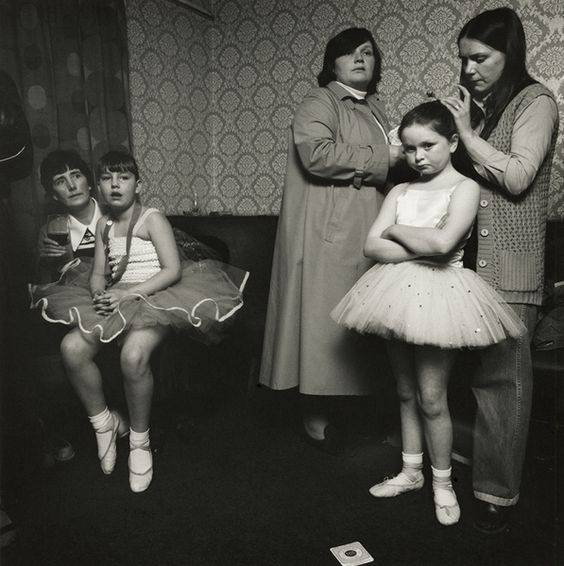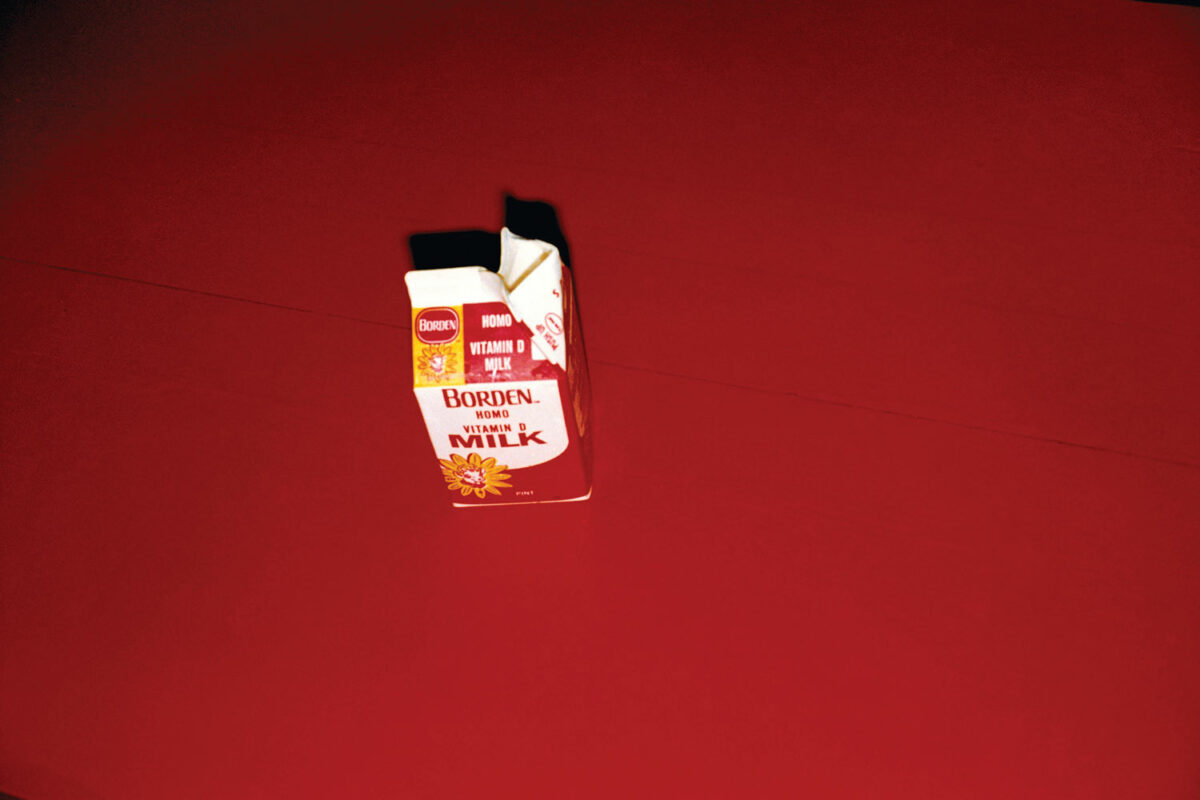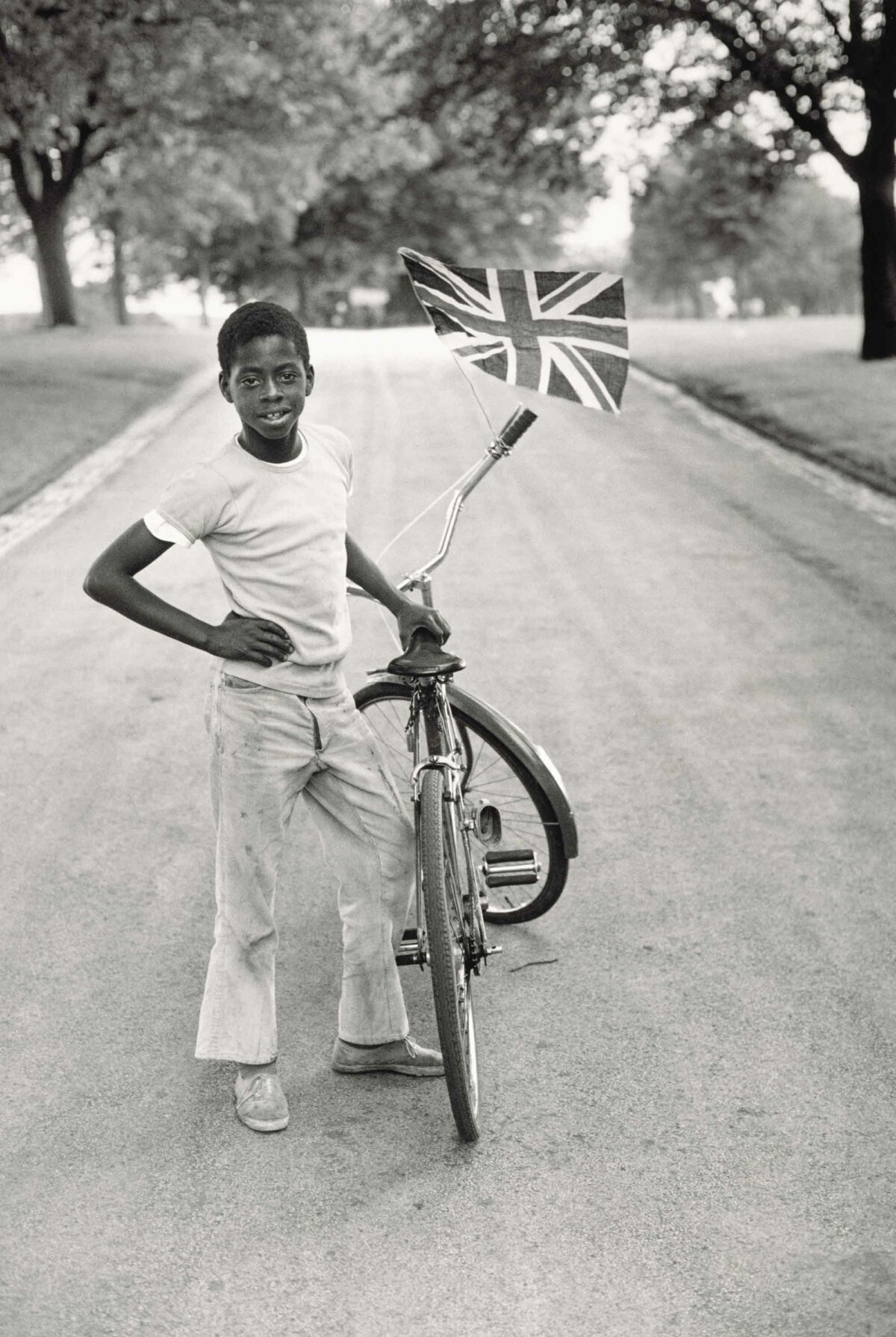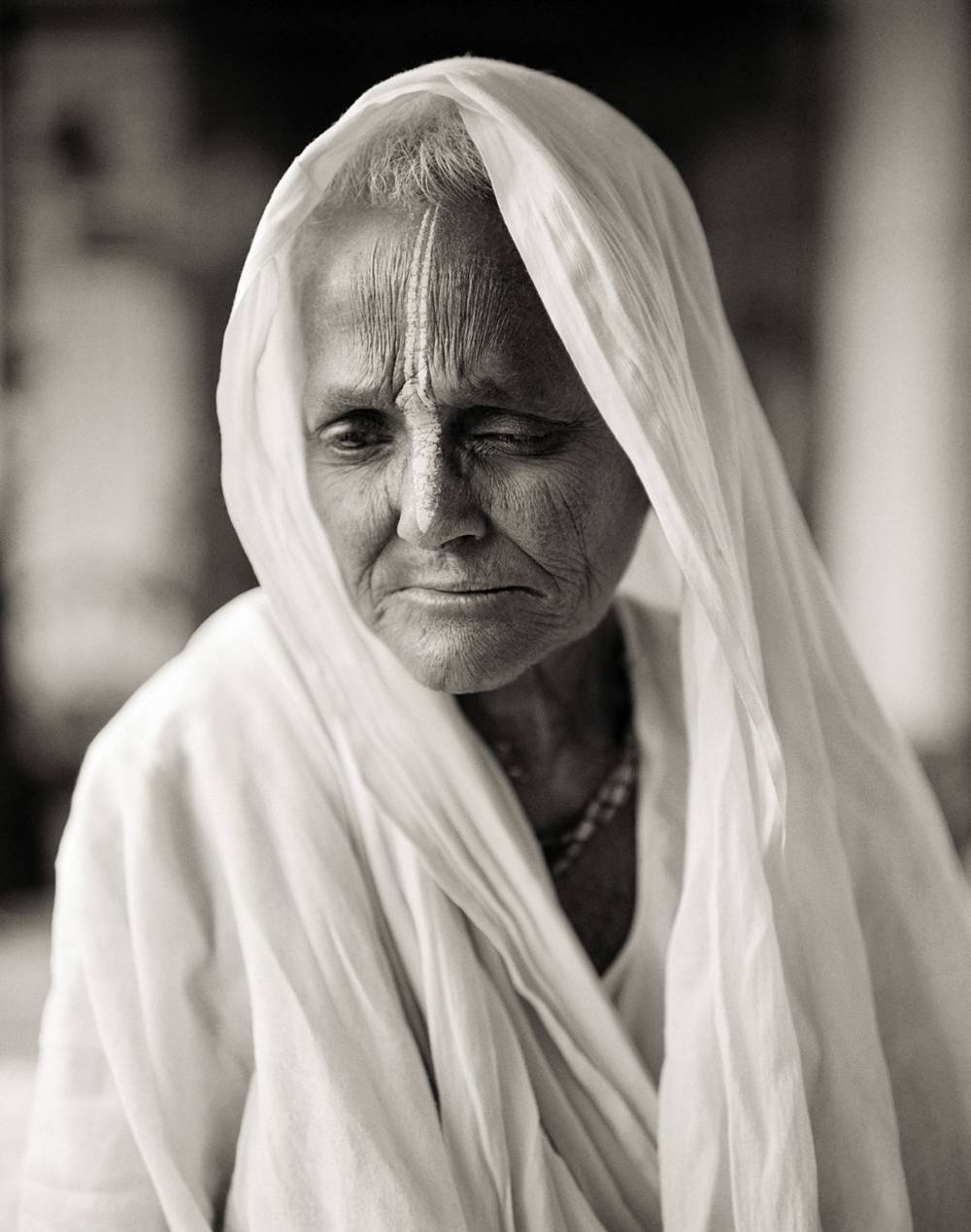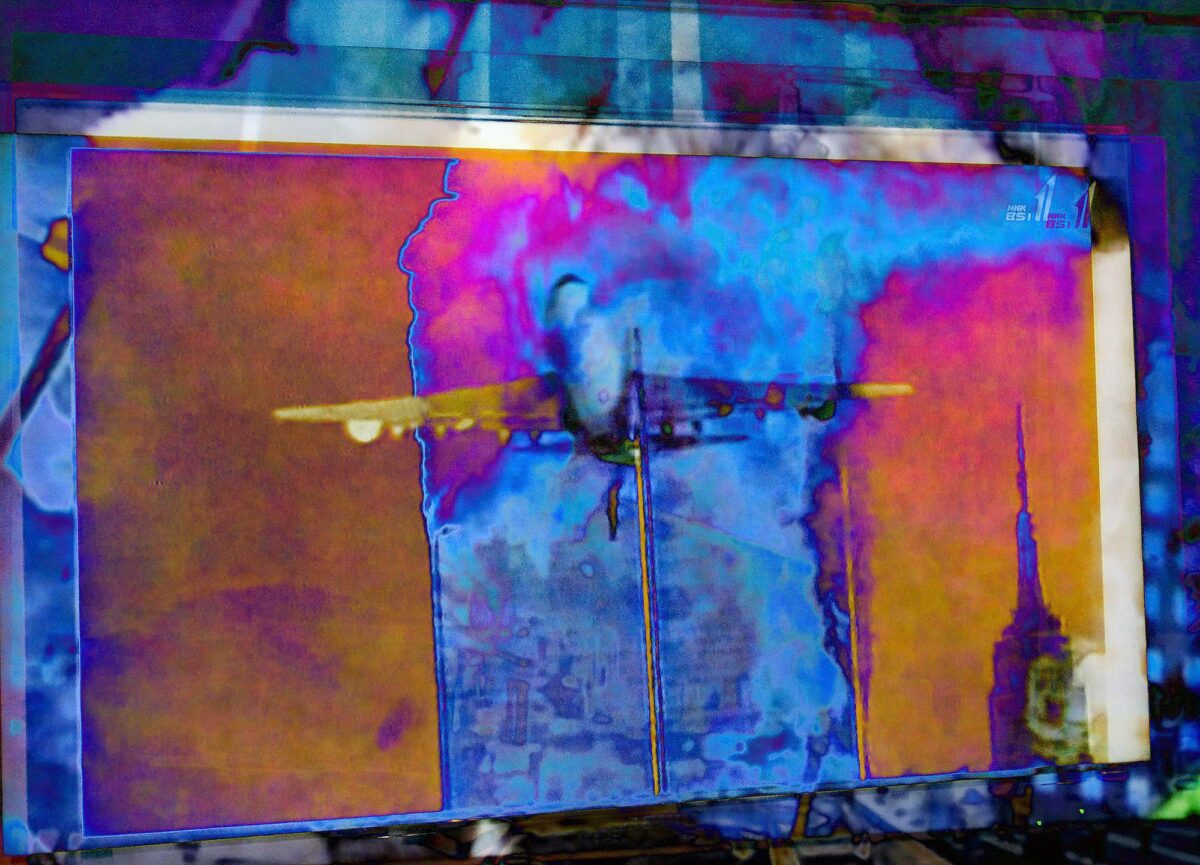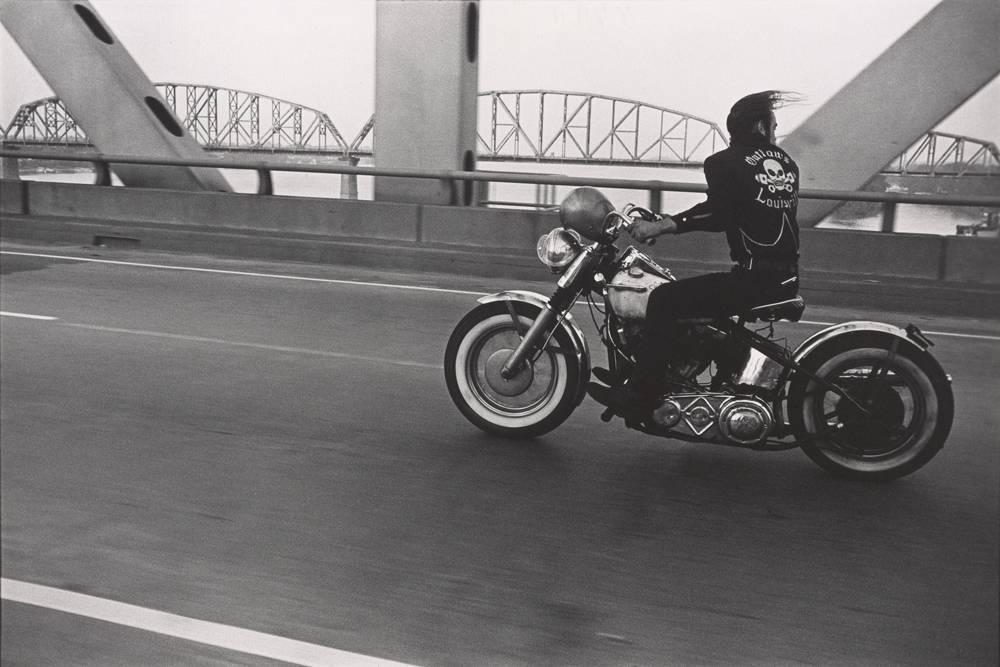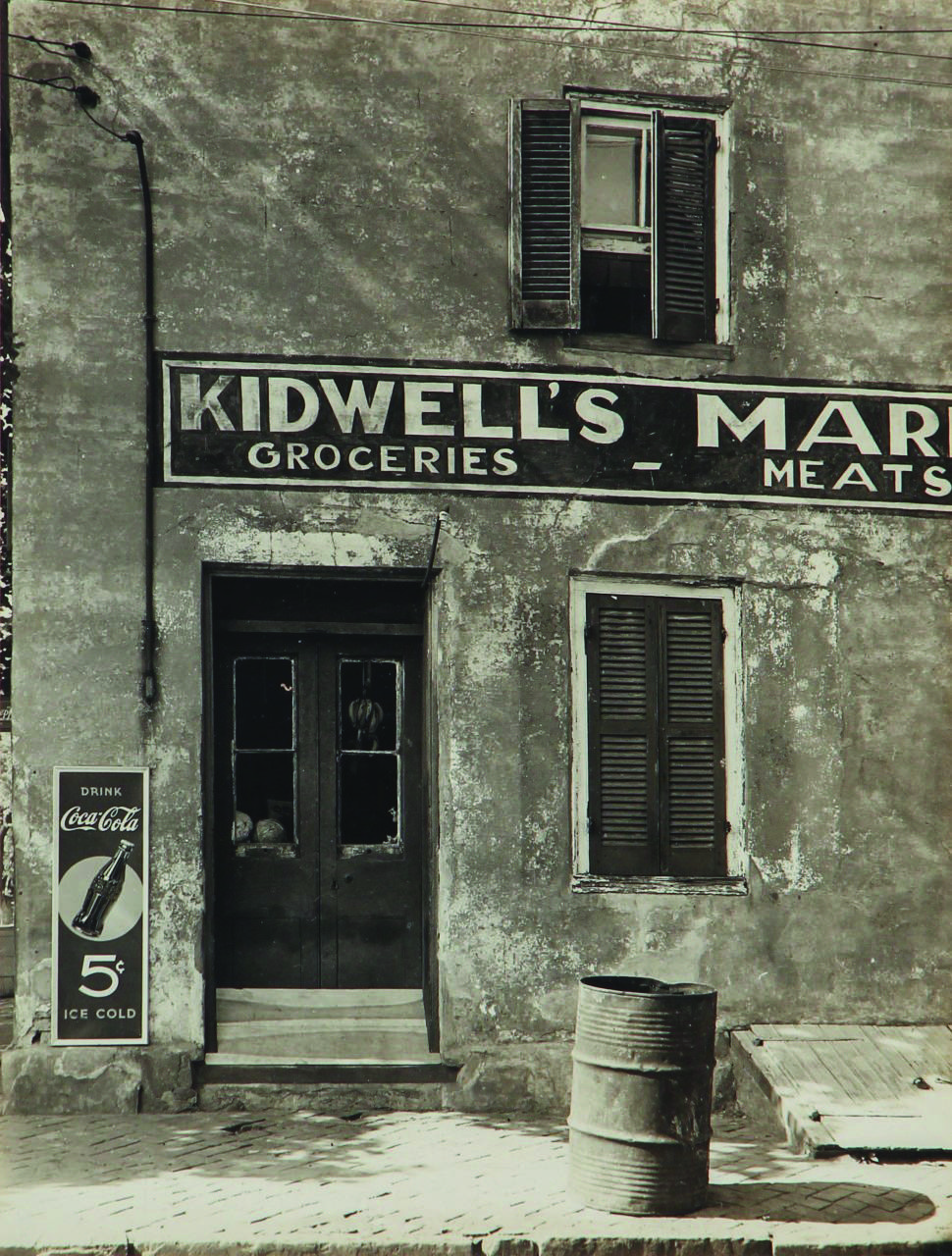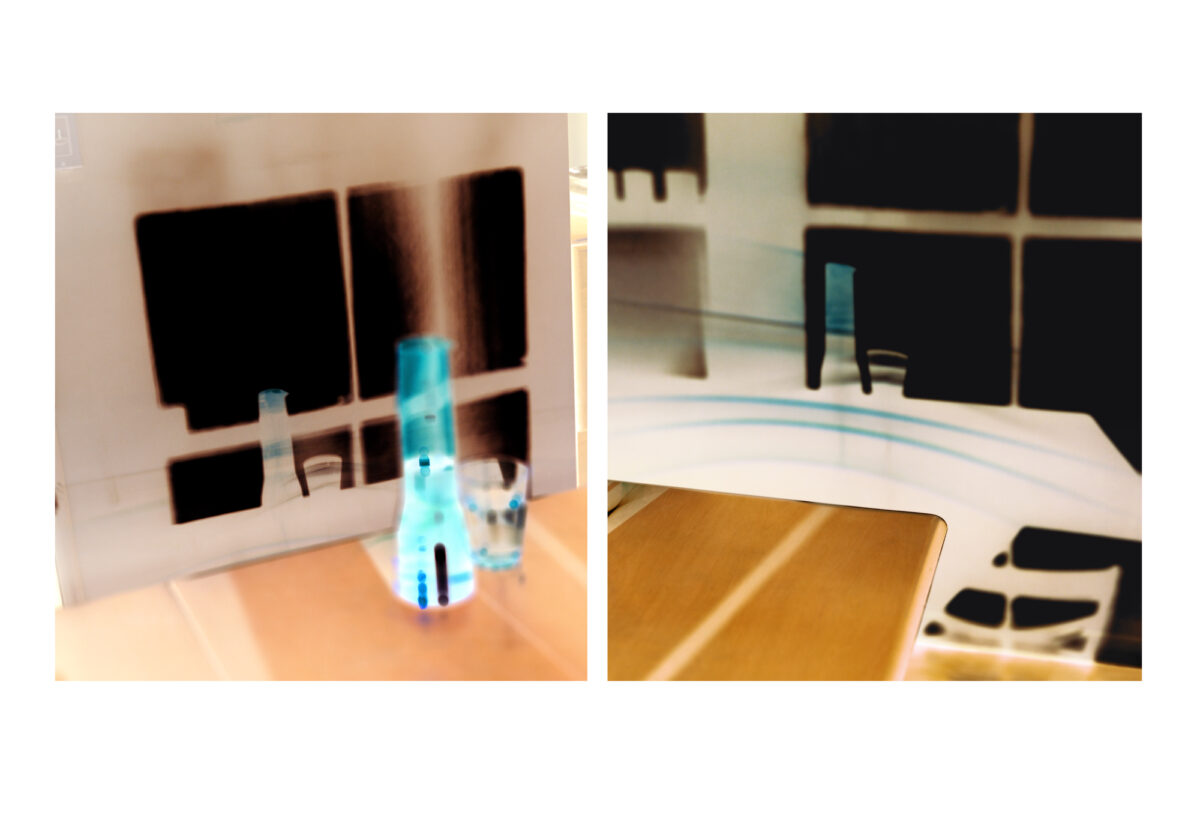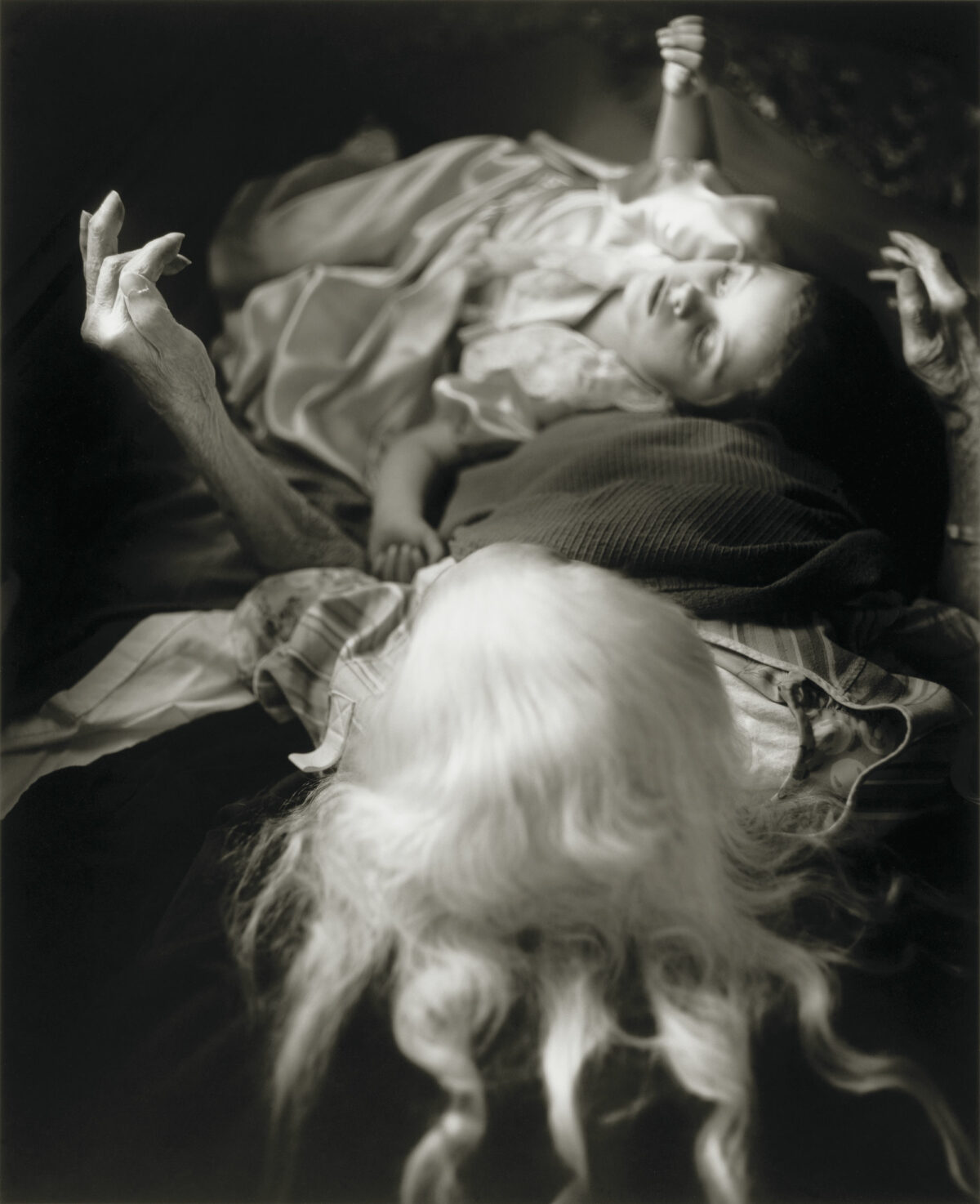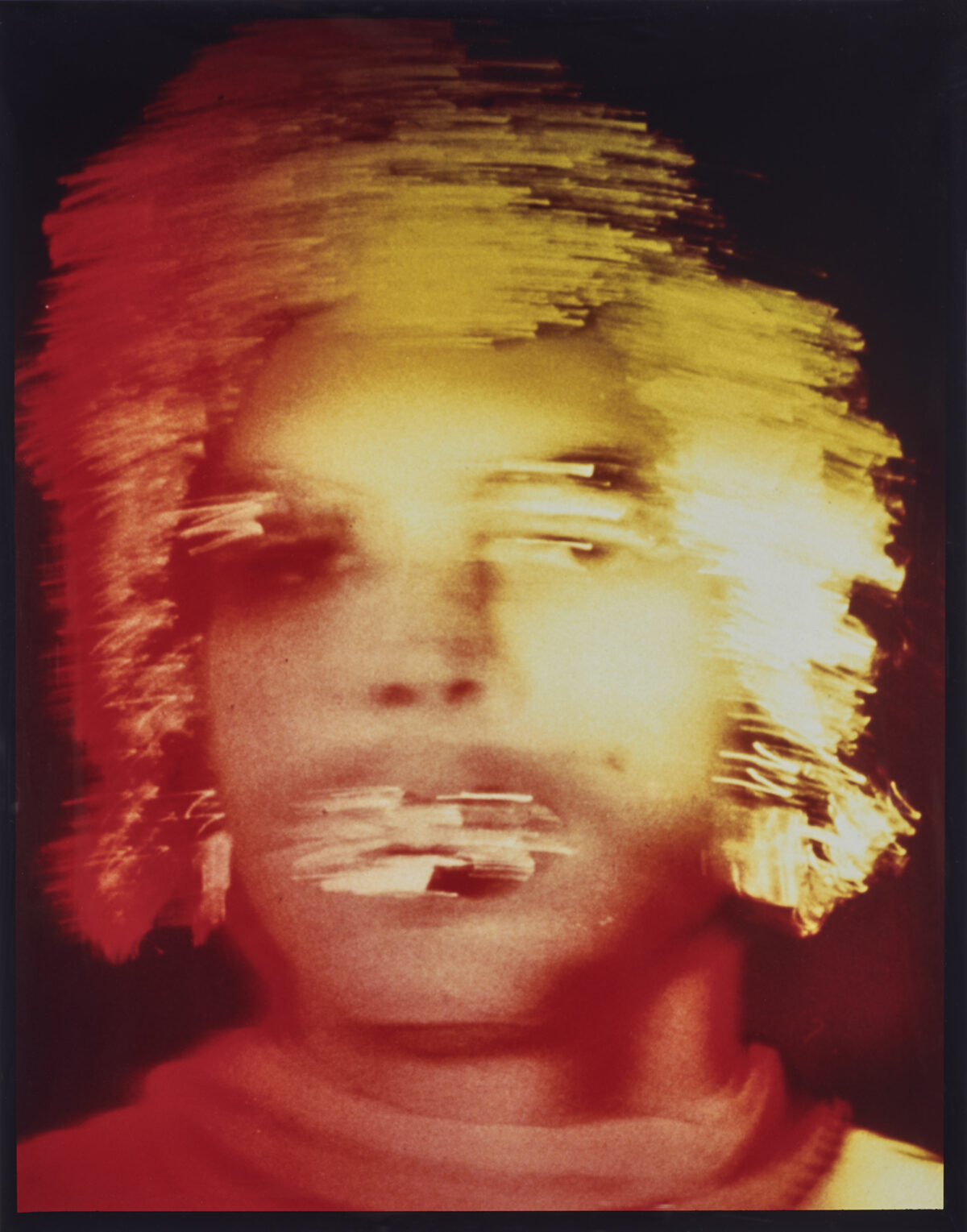Sirkka-Liisa Konttinen’s black-and-white photograph Emma Dowds (1982) captures its subject in mid-air. Clad in a tutu that balloons upward from her waist, little Emma is pictured bouncing energetically on her single bed, a basket of kittens peeking over her shoulder from a poster on the busily papered wall. A pile of soft toys has been crammed into a corner of the room to clear additional space for her activity, making this would-be dancer’s priorities clear. It’s an infectious image of youthful vigor that also evokes the intrusion of dreams and artistry into everyday domestic life.
When Konttinen’s shot became the cover of her 1989 book Step by Step, it inspired Lee Hall to write the enduringly popular movie Billy Elliot; he even gave copies of the book out to the film’s production team as a guide to its hero’s visual world. The series in the book – a newly printed selection is on display at L. Parker Stephenson through April 29 – documents the activities of the Connell-Brown Dancing School in North Shields, a working-class neighborhood of the Northern English industrial city of Newcastle. It’s an environment that Kottinen has immersed herself in for some 50 years now, and her photographs display a corresponding intimacy and depth of understanding.
Interspersing the small black-and-white gelatin-silver prints in the exhibition with quotes from some of the people they depict – a strategy she also employs in her books –Konttinen brings the community of North Shields and the culture of Connell-Brown appealingly to life. The ordinary mothers and daughters on whom she trains her lens are revealed as sharing a creative life distinguished by passion and pride, qualities that shine through an environment that might look, superficially, incongruous or uninspiring. The glance exchanged across the mantelpiece in Lorraine & Mum (1982), for example, is delightfully conspiratorial.
Also included in this exhibition are selections from two other series, Byker from the early 1970s, and Hoppings from a decade later. As does Step by Step, both bodies of work uncover, via the most orthodox of techniques, a vein of magic running beneath the prosaic realities of life in a sometimes harsh and impoverished setting.

